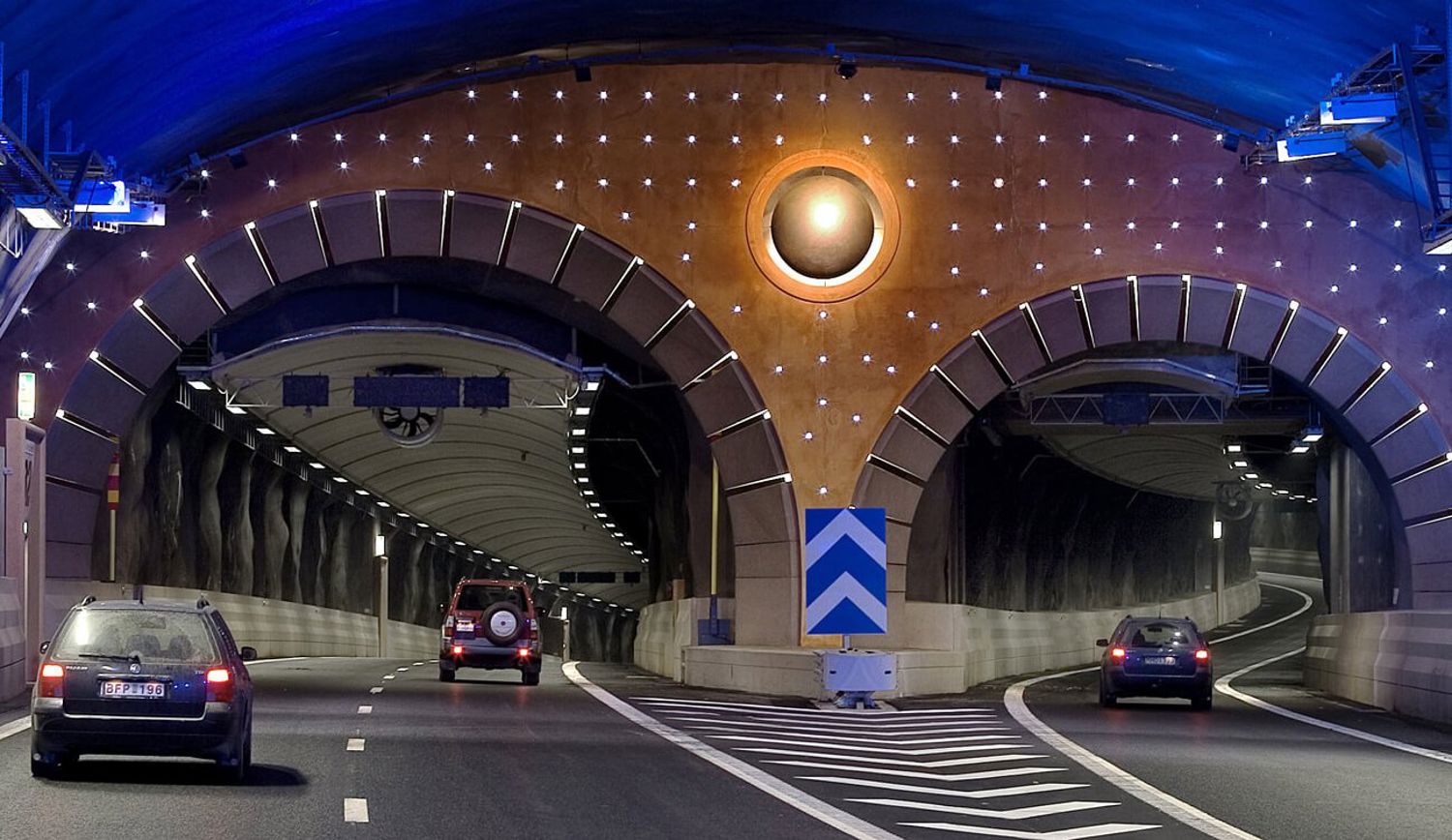Thermal imaging cameras help guarantee fire safety in tunnels


Tunnel fires can have devastating effects on people and infrastructure. The consequences of fires in tunnels can in the worst cases result in severe fatalities, material damage and disruption of important infrastructure lines. Effective fire prevention, detection and control can therefore save lives and prevent high costs. Tunnel operators and emergency response teams have always relied on intelligent technology to support them in these tasks. Thermal imaging is one of these technologies.
Although traditional CCTV cameras are still an option for tunnel monitoring, thermal imaging cameras have a number of advantages to offer. In tunnels, thermal imaging cameras are used to monitor traffic flows or detect incidents in an early stage. In other applications, like firefighting, thermal imaging cameras are a reliable addition to human vision, because they can help firefighters see through smoke or detect hot spots. Thermal imaging technology makes use of temperature information coming off the environment. It does not need any light to operate and therefore, it has some distinct advantages over visual cameras and even human vision.
Long-range night viewing: At night, a highway looks like an indistinct row of lights to a video camera, making meaningful data collection and incident assessment impossible. But thermal cameras see the heat signatures of vehicles clearly from miles away. They also provide clear video of the roadsides for awareness of parked vehicles or other hazards.
|
|